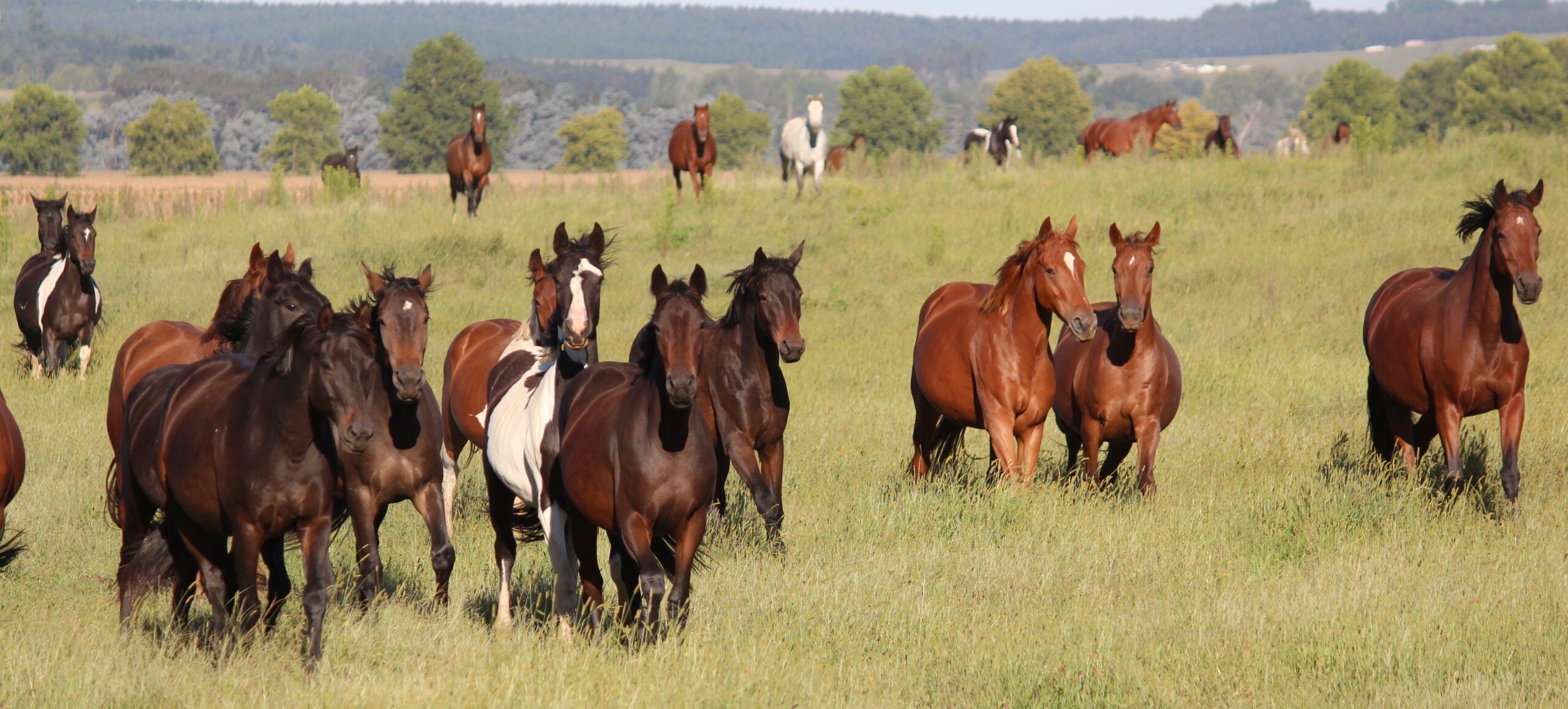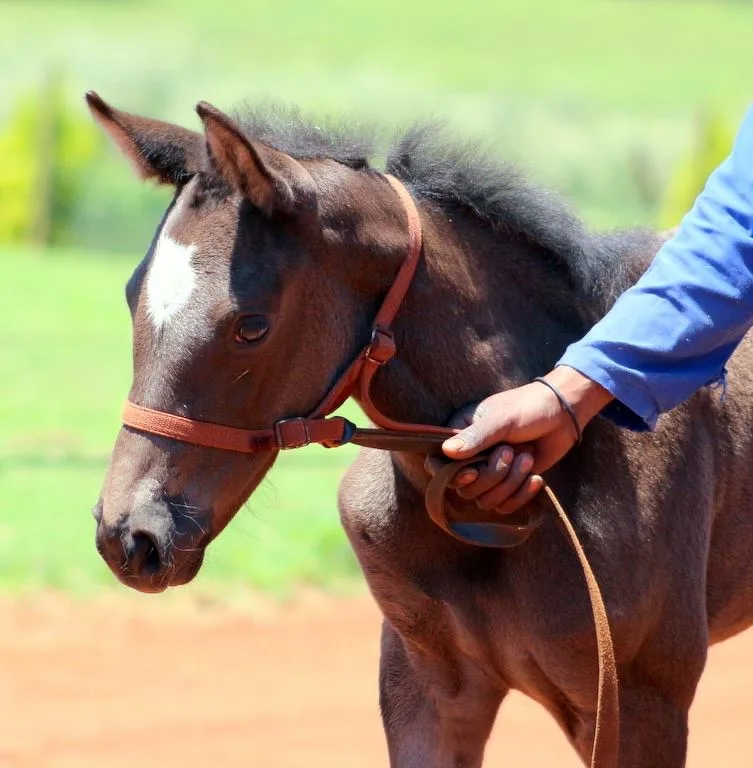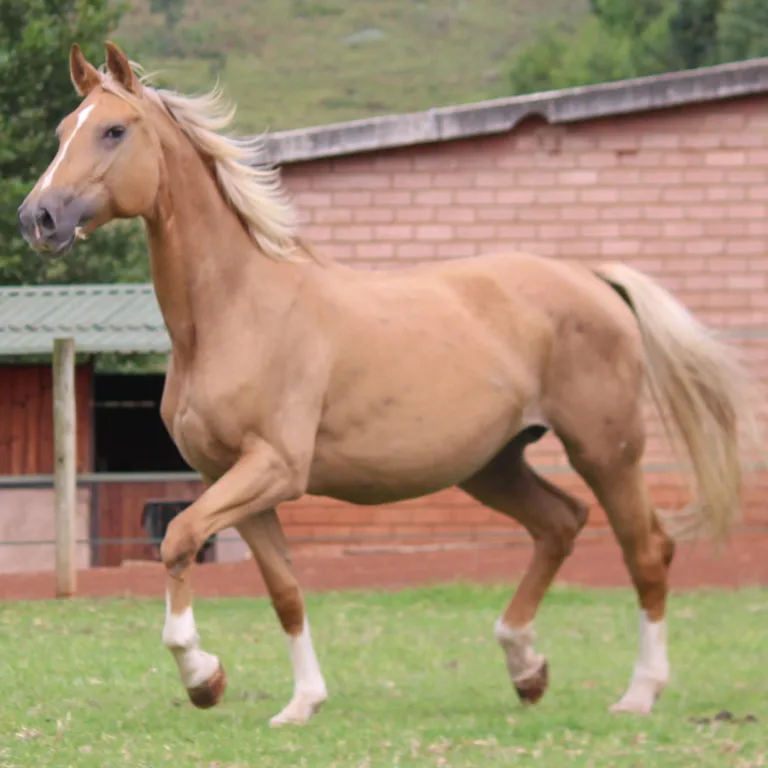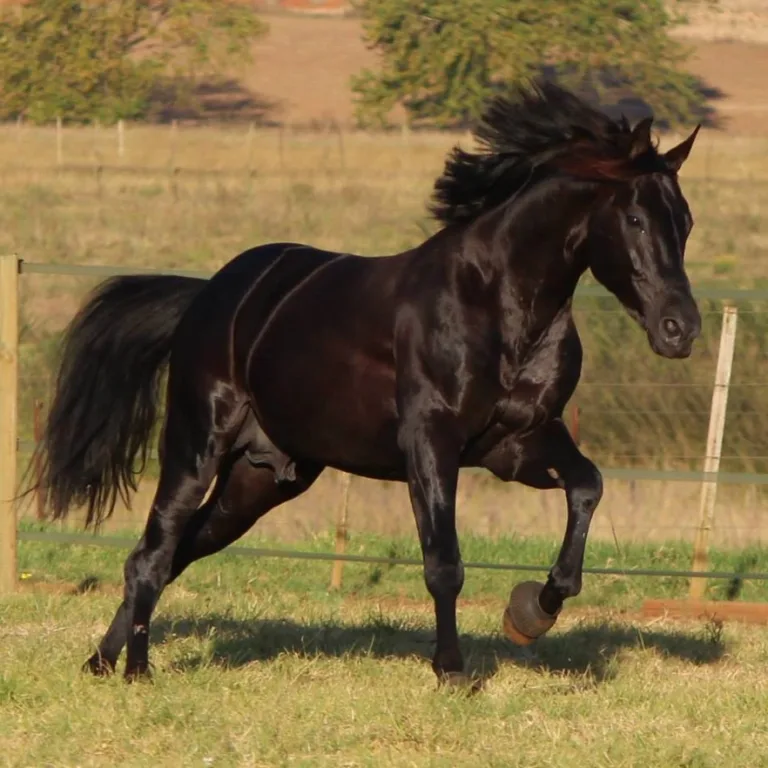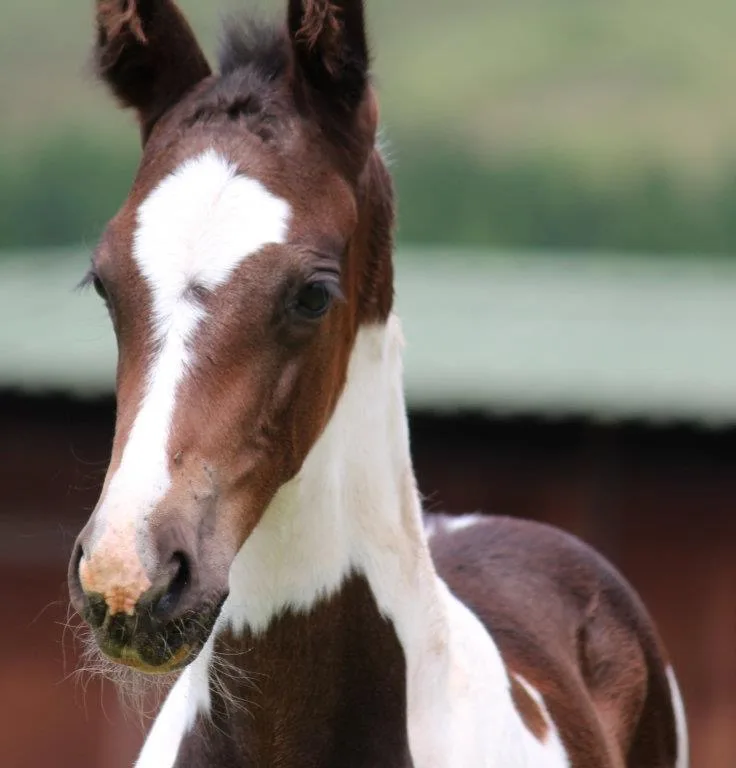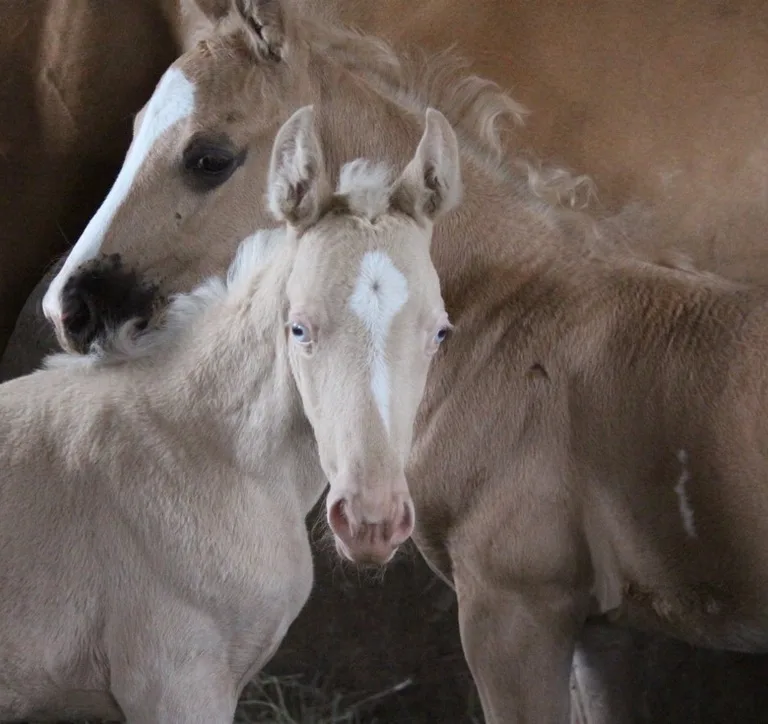Breeding Your Mare: The Importance of Preparation and Planning
You have weighed up all the options and have made the big decision to breed with your mare. Once this decision has been made use the winter to look for the perfect stallion for her. Do your research on what the requirements are for your mare to travel to the stud or if you are using frozen semen which vets you are going to use to AI your mare.
Advance Planning
Before breeding your mare have a vet check her out, he can do a basic overall view of her anatomy – will she be a good breeding prospect and when he has passed her for that and you are wanting to go ahead and breed with her he can do an internal check to see where she is in her cycle and when she might be ready to cover by the stallion you have chosen.
Make sure your mare has had all the vaccinations needed to make her at her healthiest before you start the breeding process. Go over your breeding contracts to understand exactly what is needed and expected from you from the stallion owner.
Part of this advanced planning is to decide what time of the year you would like the foal to be born. The best time is when the new spring grass has started growing well and the weather is getting warmer. You also want to make sure that your mare is cycling properly at the beginning of the breeding season to give her a better chance of taking the first time.
Start watching your mare’s behavior. Some mares are very obvious when they come into season. Other mares are more discreet. Knowing how your mare cycles help to get your mare covered on time. Mark her seasons down on your calendar. Look out for her holding her tail up or to the side, frequent urinating, and ‘winking’.
These signs will become more obvious in spring, she will be in season for 5 days and then off for around 18 days, knowing your mare’s normal pattern is extremely useful and will help your vet time her insemination if you are using AI and will help the stallion owner know when the best time is to cover her if she is being live covered.
If you are wanting to ‘catch’ your mare early in the year keep her under lights at night, this will mimic a daylight period of over 12 hours a day which will make her body think it is spring. Your vet can advise you more scientifically about this. You can also manipulate the mare’s natural season with hormonal drugs. Your vet can synchronize her season to influence when she will ovulate. This is done standard when using frozen semen as the vet wants to inseminate the defrosted semen as close to ovulation as possible for the best possible result.
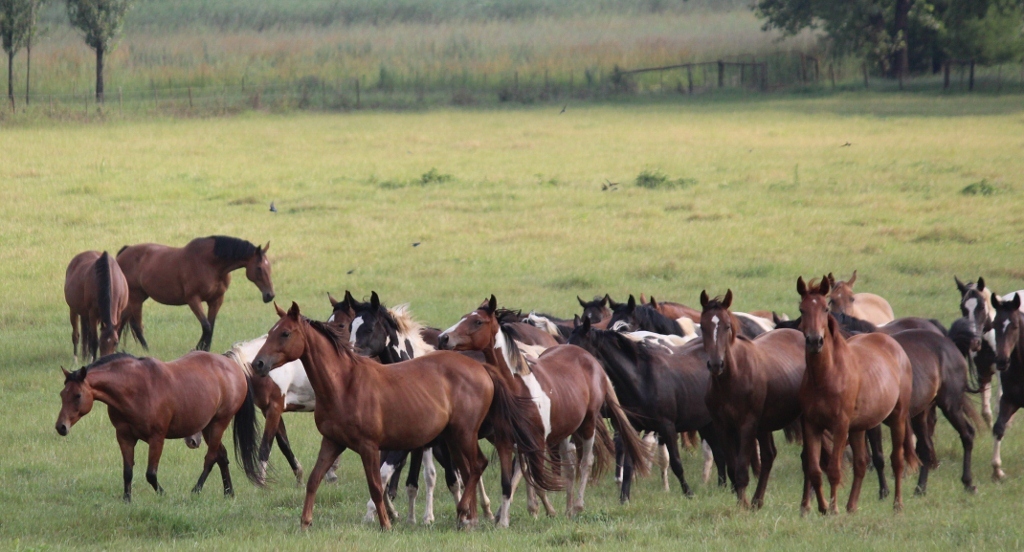
Nutrition
A healthy mare is essential for her to cycle properly. Your mare should not be overweight at this stage in her breeding program, in nature mares are naturally lighter coming out of winter and are at their most fertile in this condition – putting on condition coming into spring as the grazing naturally improves is her most fertile time of the year. Feeding her a little more in late winter coming into spring will make this a natural progression into being at her most fertile to be covered in spring.
Costings
You have decided that your mare is worth breeding with, now consider what the costs could be of doing so.
Stallion costs
The first cost to consider is the cost of the stallion you wish to use. Most stallion owners will offer to board your mare at their stud where the stallion is kept and cover her when she is in season, ready to be covered, and will keep her until she is confirmed in foal. Find out how much they will charge for keeping her with them.
Make sure you get a breeding contract from the stallion owner to know exactly what is expected on your side and what you can expect from the stallion owner.
If you are wanting a future competition horse you will want to find the best stallion possible for your mare, this can be expensive depending on the stallion’s pedigree, performance history, and offspring. The best stallions can be found using frozen semen but this can be a costly prospect. If you are wanting to breed a foal that can do a bit of everything then look out for a local stallion that can live cover your mare as this will be more reasonable and most stallion owners will offer a live foal guarantee.
Using frozen semen is more expensive as the chances of pregnancy drop and your vet costs are high and most frozen semen is not sold with a live foal guarantee. Your vet costs are much higher using frozen semen as your mare needs to be checked constantly to AI her at the most optimizable time to enhance her chances of pregnancy. This can become very expensive and there is no guarantee of your mare falling pregnant at all.
The advantage of using frozen semen is that you have access to some of the best stallions in the world right on your doorstep so if you are wanting to breed a top-quality competition prospect it can be worth it. Do your research on the quality of the frozen semen. There are many forums or FB groups that discuss the quality of top stallions’ frozen semen, the success rate of mares falling pregnant varies from stallion to stallion and from freeze to freeze.

Getting your mare in foal
Your vet will confirm your mare’s pregnancy, he can scan and check your mare for a positive pregnancy 14-18 days after she has been covered. Checks after this are optional but it is good practice to scan the mare every month or so for the first three months. Once three months have passed she is considered to be safely well in foal and the chances are good that she will keep this pregnancy. I would always breath a sigh of relief when my mare was confirmed well in foal at 90 days.
Some mare owners will leave their mare at the stud farm for the duration of her pregnancy and for her to be foaled down in an experienced, safe environment where the foal will be handled and raised by experienced breeders. Most often, though, you will want to experience the pregnancy and birth yourself and there is a lot of help out there for any advice you need.
your mare is confirmed in foal – now what?
Your vet has confirmed that your mare is in foal, always an exciting day! Your mare should now be looked after just as you would any horse for the first 8 months of her pregnancy. Your veterinarian should administer the usual vaccinations and ask your local vet what vaccinations they recommend your mare needs towards the end of her pregnancy.
During the last trimester of gestation, your mare will need around 30% more feed. She will need good hay as well as concentrates. Watch her condition by eye, you do not want her to get overweight as this will hinder the birth of the foal and can influence the size of the foal, if the mare has fatty deposits she could not have enough room for the foal to grow and this can get in the way of her giving birth. She should be well covered with no sign of ribs, every mare is different and needs to be fed individually. Read here for how to Care for your pregnant mare

Further reading
8 Steps for Breeding Your Mare
- Step 1: Consider the mare’s overall health. …
- Step 2: Schedule a breeding soundness examination and address any problems. …
- Step 3: Get the mare cycling. …
- Step 4: Track the mare’s estrous cycle to know when she’s ovulating. …
- Step 5: Determine when to breed the mare.
8 Steps for Breeding Your Mare – The Horse
So, You Want To Breed Your Mare? 10 Things To Know — Breeding, whether through live cover or artificial insemination, should occur as close to ovulation as possible. To do this we must track a …

